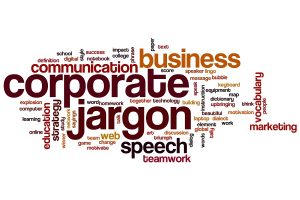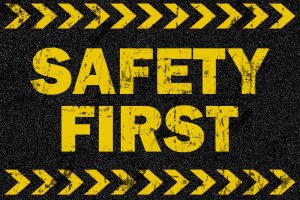Also referred to as the State Fund or the Pool, the Assigned Risk Provider offers workers comp coverage for high risk industries and businesses who cannot find coverage on the open market. In most states, Workers Compensation Insurance Coverage is required by law. The basic purpose of the Workers Comp System also provides the employer the peace of mind from bearing the full cost of injuries that occur during normal business operations.
In the United States the Workers Compensation Systems are governed by the states. Many of the states partner with an outside organization to determine classification codes and recommended premium rates. The organization who most states partner with to do this necessary recommendation is the National Council on Compensation Insurance (NCCI). Some states, like New York and California, do not partner with NCCI because of the sheer size of the economy in their state. These states have determined the uniqueness and size of their economy creates a situation where it is more efficient to have a department within their state government administer the Workers Compensation System. Other states; like Indiana and Utah, have their own rating system administered by a government organization. Most use the basic guidelines of the NCCI system.

A main requirement for a state in relation to the Workers Compensation System is setting up a provider of last resort for the employer’s of the state. This is also referred to as the assigned risk provider or the pool. This provider is the provider of last resort for businesses that cannot find insurance coverage on the open market. These businesses may operate in a high risk industry or they may have a bad claims history, which causes insurance carriers on the open market to decline offering coverage. Insurance coverage from the provider of last resort is typically more expensive than coverage bought on the open market.
There are a number of reasons a business may wind up having to buy insurance from the assigned risk provider. The main reason is because the business is in an industry that is dangerous. A common example of this type of industry is a roofing company. A roofing company tends to have a high frequency of claims and it tends to have claims that are large. Because the employees are working at height, there tends to be a higher frequency of large claims at businesses within this industry. Another industry that ends up in the pool at a higher frequency than other industries is trucking. Any business with a driving risk has a higher frequency of claims and those claims tend to be expensive. Because of the expensive nature of these claims, insurance carriers on the open market tend to not have a large appetite for these industries. They simply are not profitable enough for the insurance carriers to want to offer coverage.
Now there are three main ways states go about administering the state fund. Some states simply provide their own fund, most use NCCI and some have a partner carrier who guarantees coverage for employers who cannot find coverage on the open market. Typically states who have a strong assigned risk provider who competes with the open market have the lowest rates for workers comp. Some states have found other ways to successfully provide a workers compensation system, but typically the stronger the assigned risk provider the less employers pay for premium.
Workers Compensation Utah is the best example of a state who has its own fund and does it successfully. In the state of Utah, this provider is called the Workers’ Compensation Fund. Depending upon the year, this fund dominates between 55 and 60 percent of the market. For this reason, the fund dominates the market and successfully controls the price of Workers Compensation Insurance Premium for employers in the state of Utah. Colorado is a state who has one of the best public private partnerships as a way to provide the pool. This partnership is called Pinnacol. It was begun shortly after Colorado adopted a workers compensation system. Because of the strength of the assigned risk provider in Utah and Colorado, employers in these states enjoy some of the lowest rates for Workers’ Compensation Insurance in the nation. New York would give you an example of dealing with the workers compensation system that is on the other end of the spectrum. New York has its own state fund administered by the state government. They do not partner with NCCI, Workers Compensation Insurance NY has its own state fund administered as a non profit agency. New York also has very difficult regulatory compliance regulations for workers comp. These regulations force many carriers to simply not offer coverage in the state. All of these factors combine to cause New York to have some of the highest workers compensation rates in the entire country. Now an additional factor that contributes to the higher rates in New York is the fact that the size of the economy is much larger than states like Colorado and Utah. In most cases more competition brings down the price of a product, but in the realm of the workers compensation system it also raises the cost to provide the system for employers throughout the entire state. This is an external factor that significantly contributes to the price of workers compensation in the state of New York.
Administering the state fund is left up to each individual state. This is good in some aspects because some states have very unique economies. All three ways that states go about administering the assigned risk provider can be effective ways to keep costs down for the employers of that state. The strength of these pools is important to provide a workers compensation system in the state and to keep costs down for employers in the state.











